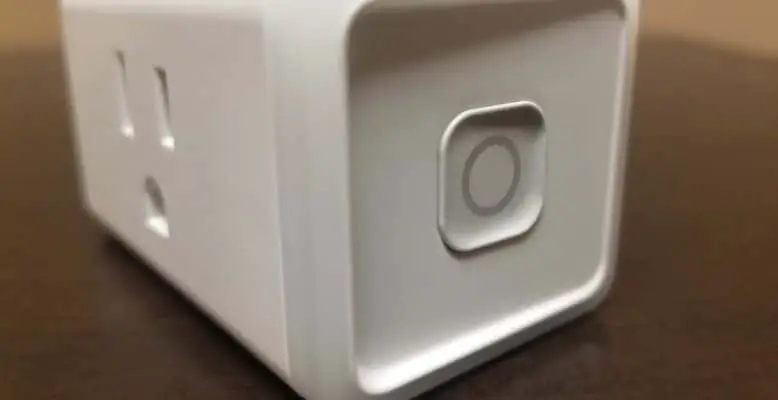
There are several reasons why someone may want to reset their smart plug. One common reason is that the device is not responding to commands from the Kasa app or is not connecting to the Wi-Fi network. Another reason is if the device was previously set up with another account and needs to be reset to connect to a new one.
A reset may be required if the smart plug is behaving erratically or malfunctioning. A factory reset is sometimes needed to completely erase all previous settings and configurations.
It’s easy too. You don’t even need to open the TP-Link Kasa app.
Here's what we cover:
Types Of Resets For this Smart Plug
Factory Or Hard Resets
A factory reset, also known as a hard reset, is a more extensive reset that erases all previous settings and configurations on the device. This reset is often used when the device is no longer functioning correctly or if the user wants to clear all settings and start from scratch.
To perform a factory reset on a Kasa Smart Plug, you will need to locate the physical reset button on the device and press and hold it for 10 seconds – until the light starts blinking. This will cause the device to reset its factory settings and erase all previous configurations.
Soft Resets
A soft reset doesn’t completely erase the plug’s settings. It just resets the device to a point where it can be set up again.
To perform a soft reset, locate the physical reset button on the device and press and hold it for 5 seconds.
The reset button is effortless to find. Just look on the side of the smart plug. Take a look at the image above too.
What Smart Plugs Does This Work On?
The above methods work on most of the TPLink Kasa smart plugs today. This includes the following and others as well:
Start With A Soft Reset
It’s always a good idea to start with a soft reset before attempting a factory reset unless you’re purposely trying to erase all the settings for a specific reason, like turning it over to a new owner. A soft reset, also known as a power cycle, is a less extensive reset that restarts the device without erasing any previous settings.
This type of reset is often used as a first troubleshooting solution step when the device is not responding or if it’s having connectivity issues. It’s a simple and easy way to try and resolve the issue without erasing all the previous configurations and settings.
When To Do A Hard Or Factory Reset
There are several reasons someone might need to factory or hard reset their Kasa Smart Plug. Some of the most common causes include:
- The device is not working after doing a soft reset. I recommend starting with a soft reset first.
- Device not responding: If the device is not responding to commands from the Kasa app or is not connecting to the internet, a reset may be necessary.
- Connectivity issues: If the device is having trouble connecting to the internet or your home network.
- Device behaving erratically: A reset may be required if the device is behaving erratically or not working as expected. This can be caused by a software glitch, a problem with the device’s settings, or a problem with the device itself.
- The device previously set up with another account: If the device has been previously set up with another account and needs to have everything erased.
Conclusion
It’s important to remember that a factory reset will erase all the previous configurations, including the Wi-Fi settings, and will require the device to be set up again. Also, a soft reset will not erase the previous configurations, but it’s a good practice to do it before troubleshooting a malfunctioning device.
If you encounter any issues or have further questions about resetting your Kasa Smart Plug, additional resources such as the Kasa Smart website or the Kasa Smart Community Forum may be helpful. Also, you can always contact Kasa Smart customer support for further assistance.